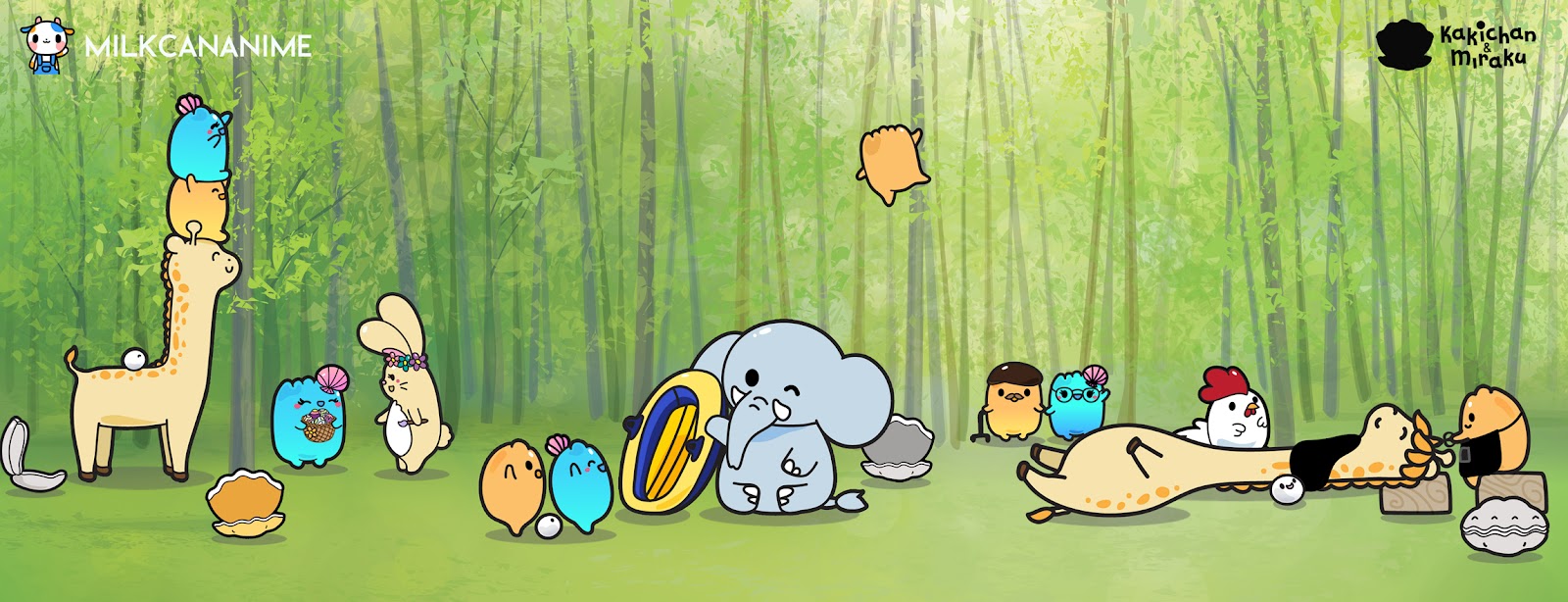Hajimemasho! – My Japanese learning journey – Part 2
Week 2
Learning from
last week, I came to class armed with copious amounts of coffee and a Japanese-English
Conversation Dictionary. When sensei
greeted me with a cheery konnichiwa, I
panicked and flubbed my pronunciation. I said kwonwa. KWONWA!
Great start
to the class, minna-san.
Being the
second class, I still didn’t know what the class formula was. Apparently, the lesson
plan for the basic course follows this route: a refresher of the previous week,
followed by vocabulary enhancements to conversational Japanese, and learning
the next series of the Hiragana syllabary. This week, it was Sa and Ta.
It’s
shocking how quickly your mind forgets in 7 days. We were utter embarrassments,
stumbling over our pronunciation and grammar taught to us only a week ago—it’s ohayo when casual, and ohayo gozaimasu to those you must
(pretend) to respect. Defeat was evident during dictation, the surprise
spelling test (more bad memories of Chinese lessons!) where I failed miserably
to remember that A and Ka vowels. If time and ability permits,
choosing a twice-weekly lesson plan isn’t the worst idea.
 |
| Useful...and terrible words to learn. I still dread homework. |
Most of the
lesson was dedicated to refreshing our memory and getting us more comfortable
with the language. Conversational and functional
grammar is the crux of the lesson and us practicing was tedious, but
necessary. Learning the Hiragana, most of that can be memory work. One of my
classmates has already memorised them completely, to both our admiration and
disgust.
If English
is your first language, you’ll realise that we emphasise on the second
syllable. In Japanese, it’s the first. So it’s not SA-KU-RA, it’s SA-KU-RA.
My brain reminded me of that, but my tongue, so used to the twisters of
English, refused to straighten.
For this
week, we moved into identifying occupations, and how to—politely!—ask for
someone’s name and occupation. Some useful questions we learned:
Onamae wa nan desu ka? (lit. What is
your name?)
Oshigoto wa nan desu ka? (lit. What is your
occupation?)
Name-san wa oikutsu desu ka? (lit. Name, what is your age?)
Week 3
My sweet,
supportive parents laughed in my face when I signed up for Japanese classes. It
hasn’t stopped since. I come from a family with a proud tradition of being
unable to even write our own Chinese names, and the idea that I would try to
learn a language that was so close to Chinese was ludicrous.
The only real
support I got from them was a rather comprehensive English-Japanese Conversation
Dictionary, from my dad when he used to travel to Japan for work.
Be warned,
an English-Japanese dictionary from our trusty Kinokuniya can cost anything
from $12 to $53. With electronics and Wi-Fi burning through our veins, you
might not need it on native shores. But if you’re planning on travelling to
Japan and you need the washroom in a hurry, this baby can help prevent an
accident.
 |
| Ano....ano...ANO! |
In this
week’s class, I put my fledging Japanese, my dictionary, and proud otaku badge
of honour to the test, to try and inform sensei
that I’ll be missing the next week’s class. And I did it in Japanese.
Really, I
thought it was a good idea at that time.
Here’s how
it went.
Me: “Sensei, ryushu, watashi wa shuuseki…ja nai”.
(Lit: Teacher, next week, attending this seminar…I will not.) A horrible bastardisation,
but I worked with what I had.
Sensei: “Replacement class?” Great, I
got it right!
Me: “Asobi mawatte imasu.” (Lit: I will be
travelling for pleasure.) Oh god, he’s staring. Did I pronounce it wrong? Has
my trusty otaku senses betrayed me? Where’s my notes?
Me: “Otomodachi wa kekkon shimashita”. (Lit:
My friend is getting married.) Should be right, all those hours of anime can’t be
failing me. Why is he frowning? “Malaysia,” I add, to explain the need for travel.
Still frowning. Not a good sign.
 |
| Do you know how to count to 20 in Japanese? Start practicing! |
Turns out it
wasn’t as horrible as I thought. Apparently, the expressions I was using were rather
unusual for a beginner. He actually asked, in fluent English*, because the
Japanese equivalent was way too complicated for me, if I had studied Japanese
before. An incredible compliment! I proudly said I was an otaku.
 |
| Literally, my reaction when he complimented me |
Back to the
lesson: this week, it was the Na and Ha vowels. Hiragana’s getting real
complicated now, but thankfully with some last minute cramming before class, I
could still more or less remember the characters.
Grammar was
a whole other ballgame, with us trying to learn the difference between using wa and no in a sentence. Using watashi
wa, apparently refers to yourself. But watashi
no, that refers to a possession or subject you have. Highly-confusing
stuff.
The last,
was learning the all-important “denwa
bango wa nan desu ka”, (lit: what is your number?). If your aim is to get a
Japanese partner, there can be no greater sentence to know!
See you guys
next lesson.
*Previously I’d said that I wasn’t sure if they were fluent in English. That was presumptuous of me. They just choose to communicate less in English, for the sake of the lessons. If you want to whisper in class, try a third language.
Written by




No Comment to " Hajimemasho! – My Japanese learning journey – Part 2 "